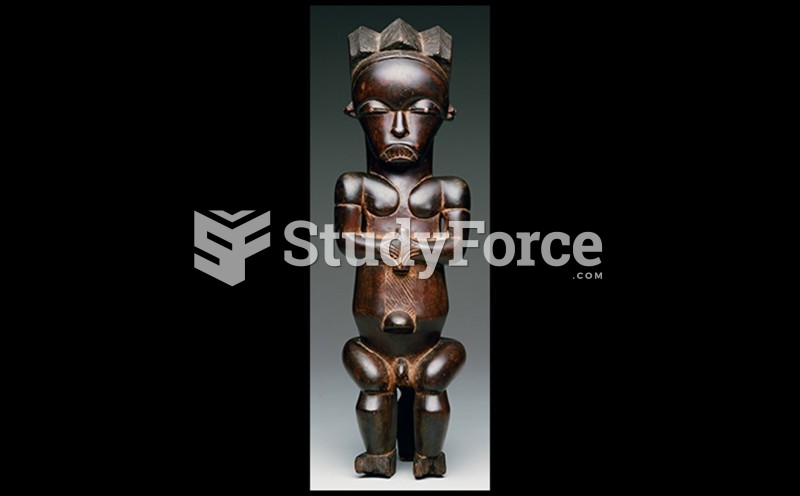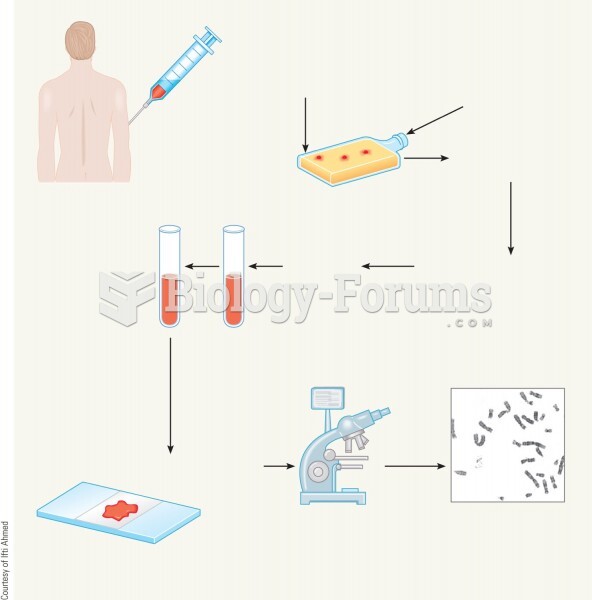Answer to Question 1
The preliminary hearing or grand jury were designed to determine if there is sufficient probable cause to proceed with the prosecution of a defendant. If it is found that there is sufficient evidence to proceed formal charges are issued through an indictment or the filing of information. The arraignment or initial appearance involves the reading of the formal charges and the defendant's response of guilty or not guilty. The pretrial motions involves a formal request to the court to perform a certain action or make a ruling in a particular matter. Motions to suppress and motions to discover are two of the most common. The jury selection entails citizens acting as the trier of facts, applying the law the judge has provided and determining if the prosecution has bet its burden of proof. The prosecution opening statement typically summarizes what evidence will be presented to show proof beyond a reasonable doubt that the charged is guilty. The defense opening statement typically tries to either garner sympathy or create reasonable doubt that the defendant is not guilty of the charges. The prosecutorial case-in-chief is the portion of the trial whereby the party with the burden of proof presents its case. The prosecutorial rebuttal and defense rebuttal is the attempt of the opposing side to disprove or contradict other evidence or presumptions through the offering of countervailing proof or argument. The rejoinder is the defendant's response to a prosecution claim during rebuttal. The prosecutor closing arguments require the prosecutor to overcome all reasonable doubt by restating evidence and disproving alternative scenarios. The defense closing arguments seek to create reasonable doubt because the defendant is presumed to be innocent. The prosecutorial has final summaries after the defense's closing arguments due to the burden of proof. The jury instructions occur immediately following closing arguments and involves instructing the jurors on how to proceed lawfully on reaching the culpability of the accused. Deliberation transforms the jury from passive observers to active participants. A foreperson is selected and verdicts can be unanimous, majority, or an impasse. Deliberation can also lead to a mistrial. Verdicts sentencing occur after deliberation in jury trials or concluding summaries if by bench trials, and sentencing can happen immediately or several weeks after a finding of guilty. Post-trial motions and appeals can occur for a variety of reasons if they are properly and timely submitted through a brief.
Answer to Question 2
Higher







